Art reviews: Modern Masters | Geoff Uglow | Gail Harvey | Academicians' Prints
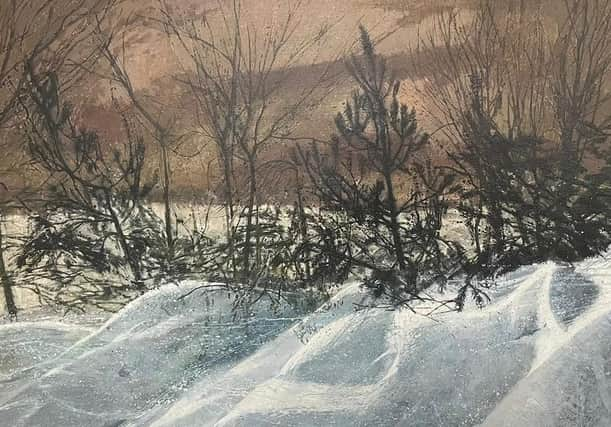

Modern Masters, The Scottish Gallery, Edinburgh ****
Geoff Uglow: The Ploughman, The Scottish Gallery, Edinburgh ****
Gail Harvey: Moment Within, The Kilmorack Gallery, near Beauly ****
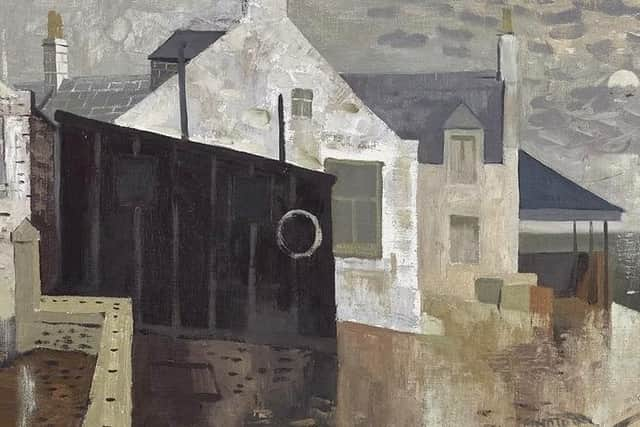

Advertisement
Hide AdAcademicians’ Prints, Royal Scottish Academy, Edinburgh ****
In 1859, when the National Gallery of Scotland first opened its doors, the Scottish Gallery, founded in 1842 by Atiken Dott, eponymously as Aitken Dott, Gilders, Framers, and Artists' Colourmen, had already been up-and-running for 17 years. Originally in South St David Street it moved to Castle Street in 1860. It was there in 1897 that a dedicated gallery space was opened and called The Scottish Gallery. Aitken Dott remained in Castle Street for more than a hundred years, then in 1992 after a spell in George Street, and now simply called the Scottish Gallery, it moved to its present address in Dundas Street. Now marking its 180th anniversary, it is a commercial business, not a public institution, but it is older than most of our public institutions dedicated to the visual arts. It also has a distinguished record of supporting the best in Scottish contemporary art. Aitken Dott’s son, Peter McOmish Dott, championed the work of the elder McTaggart, for instance, and later, too, the Colourists, though not unconditionally – he knew what he couldn’t sell. Since then, however, the gallery has supported most of the major names in Scottish art, William Gillies, Joan Eardley, Anne Redpath, John Houston, Elizabeth Blackadder and leaders of the present day like Victoria Crowe and Duncan Shanks and many others too have all enjoyed the gallery’s support.
As well as living artists, however, the Scottish Gallery has also always dealt in older art and so currently to open this anniversary year it has paired its two functions by showing striking new work by Geoff Uglow upstairs and downstairs a collection of Modern Masters. This latter is a selection of stock in trade perhaps – the show on the walls is already different from the published catalogue – but works move through all the time and over the years very often more than once. Without that flow, the gallery couldn’t survive. The present selection is a fine display all the same. Appropriately, it includes a superb picture of nothing but breaking waves by the elder McTaggart. There is also a really beautiful early drawing by Elizabeth Blackadder of a church in Brittany and nearby, also by her, a very elegant cat. Her husband John Houston is represented by two small but very atmospheric watercolours. One is of his favourite motif, the Bass Rock, and the other simply of sea, sky and sunset.
There is also a landscape of fields and trees by Frances Walker accompanied by a rather beautiful print from a journey she made to Finland in 1978. A painting of two fishing boats by Joan Eardley is very characteristic, but also chimes unexpectedly with a painting also of fishing boats by Leslie Hunter and it in turn echoes Van Gogh. There is also a painting with a similar subject by the younger William MacTaggart. There are also two late works by Redpath. One of them, a white jug of dahlias or chrysanthemums, is fairly light in mood, but the other, of African violets, is dark and wild. The violet of the flowers almost lost in swirls of black and dark green, it is a startlingly dramatic painting.
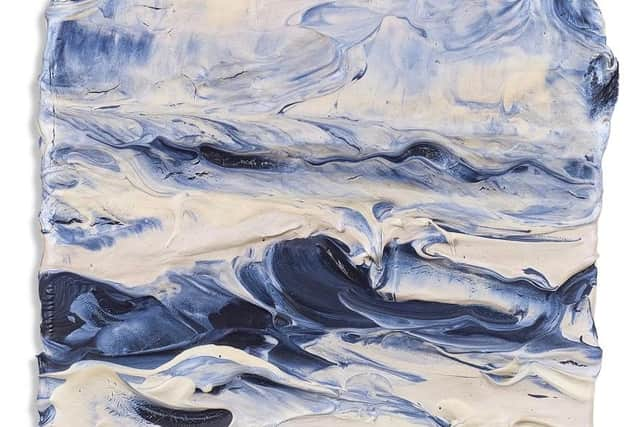

Anne Redpath’s flowers are a good opening to Geoff Uglow’s paintings upstairs. Many of them are also of flowers and painted with a similar dramatic energy, but with thick, piled up masses of paint. His show is named The Ploughman. There is perhaps an analogy with the way he paints, but his chosen title actually refers to the boyhood experience of ploughing that he shared with Robert Burns. Oil paint dries very slowly and his pilled up paint reminded me of a moment in a very smart gallery in London when I watched a big gloop of paint that had never dried ooze out of the bottom of a painting onto the pristine white carpet below. I checked. Uglow’s paint does seem to be dry, but correspondingly it is also very solid and his pictures seem as much reliefs as paintings.
This works well with the smaller works. These are mostly paintings of the sea. Each is precisely dated and the peaks and troughs of piled up paint do really suggest breaking waves. Unframed, the paint surface has a thick edge and so the painting becomes a three-dimensional object.
Advertisement
Hide AdHowever, the main group is a set of big paintings of roses in a rose garden. They seem to be identified by real or imagined rose names. I can’t find a rose called Jean-Jacques Rousseau, for instance, the title of one his paintings, but he was keen on gardening so I suppose it is fitting. It takes a lot of skill – and a lot of paint – to paint like this. Laid on so thickly, paint turns to grey sludge very quickly, but he manages to keep the pinks and reds of the roses distinct and legible. The effect is impressive and the bountiful profusion of a rose garden does somehow emerge from the tumultuous sea of paint. It is an impressive show.
Gail Harvey at the Kilmorack Gallery doesn’t pile the paint on quite so thickly as Geoff Uglow, but she does use her palette knife and a broad brush to create dynamic images. Ostensibly they are abstract, but sweeping gestures in blues and whites and titles like Surge or The Pause Between Waves do suggest the crash of the sea breaking on the shore. In other works with titles like Softness and Warm Light, or Emerging Light, her gestures are similar, but the palette is warmer and her intention seems to be to convey atmosphere, or indeed in Winter Flurry, the dynamics of the weather in Shetland where she lives and works. The biggest work here is more than two metres across, but mostly they are on a more domestic scale. There is also rather touchingly a very nice self-portrait painted nearly 50 years ago.
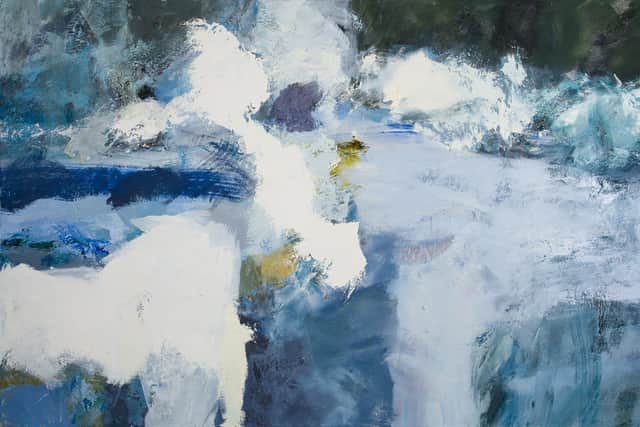

Advertisement
Hide AdThe Academician’s Gallery at the RSA is showing Academicians’ Prints. Some are contemporary and some are past, for the show includes fine works by the late academicians Willie Rodger and David Michie. Rodger’s Trees in the Wind is a bold and dramatic image, a reminder that although his prints are often very witty, he was much more than an entertainer. David Michie’s Yellow Garden is simply light and beautiful. Among contemporaries, Adrian Wiszniewski’s woodblock print of Crail is also very beautiful. So too is Paul Furneaux’s print Burnt Orange Sea in a similar medium, but while Wiiszniewski’s landscape is simplified, it is recognisable. Furneaux’s image is wholly abstract.
Barbara Rae achieves intense colour in her Arctic pictures in the more modern medium of carborundum etching. Ade Adesina’s big linocuts are always impressive, but they are joined here by smaller and even more minutely detailed etchings. In an image of winter trees Victoria Crowe achieves typically layered subtlety by combing etching with collagraph. Prints are more accessible in price than paintings, but prints like these are by no means second best. They have real presence.
Modern Masters and Geoff Uglow until 29 January; Gail Harvey until 31 January; Academicians’ Prints until 6 February
A message from the Editor
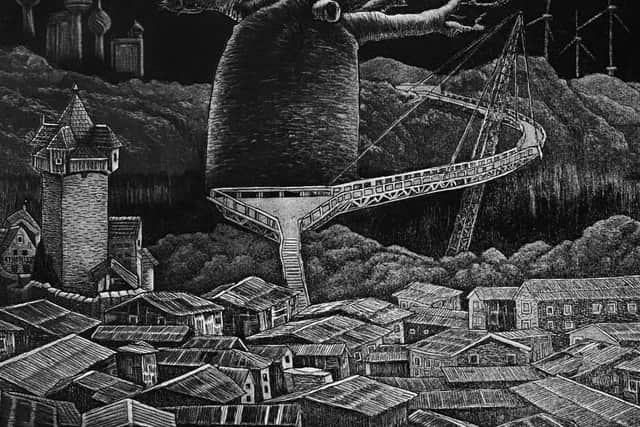

Thank you for reading this article. We're more reliant on your support than ever as the shift in consumer habits brought about by coronavirus impacts our advertisers.
If you haven't already, please consider supporting our trusted, fact-checked journalism by taking out a digital subscription at https://www.scotsman.com/subscriptions